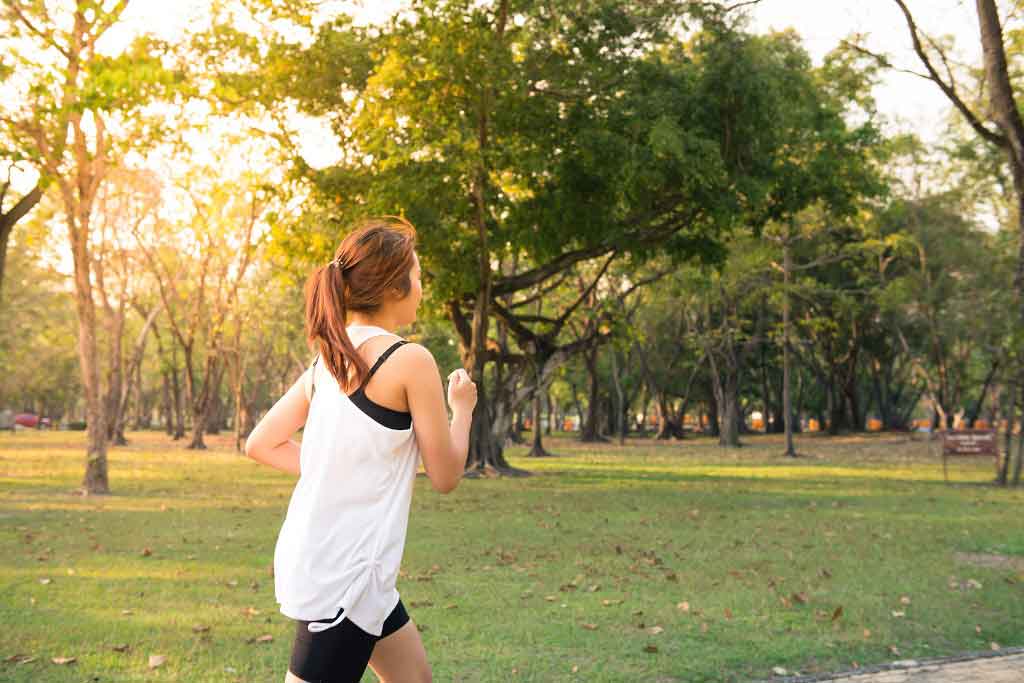Cold water 'just as good as hot' for handwashing
Lifestyle and exercise

"Antibacterial handwash is NO better than soap – and cold water kills as many germs as hot, experts claim," The Sun reports. These were the main findings of a study looking at various methods of handwashing. But the researchers only tested…
"Antibacterial handwash is NO better than soap – and cold water kills as many germs as hot, experts claim," The Sun reports.
These were the main findings of a study looking at various methods of handwashing.
But the researchers only tested for E.coli bacteria, a leading cause of food poisoning. And for safety reasons, they used a strain of E.coli that isn't infectious.
The study found using colder water (15C) was just as effective at getting rid of bacteria as using hot water (38C), and antibacterial soap was not significantly more effective at removing bacteria than plain soap.
It also found washing your hands for slightly longer – 30 seconds as opposed to 15 seconds – is more effective at getting rid of the bacteria.
The researchers hope their study could be used by policymakers to inform handwashing guidelines.
But the study only compared two products, and also only looked at one organism, which doesn't cause infection in humans.
Examining the effectiveness of a wider range of products against other types of infectious organisms, such as viruses and fungi, as well as other strains of bacteria, would be required before we can safely say whether cold water is just as effective as hot.
Perhaps the most useful piece of advice to come from the study is to wash your hands for 30 seconds if you want to protect yourself against food poisoning or infections like the flu.
Where did the story come from?
The study was carried out by researchers from Rutgers University and GOJO Industries, both in the US.
No external sources of funding were reported, though it should be noted that GOJO Industries produce hand soaps and sanitiser products.
The study was published in the peer-reviewed Journal of Food Protection.
The Sun, the Daily Mail and BBC News all covered the study. Their reporting was accurate.
What kind of research was this?
This experimental study aimed to assess handwashing techniques by testing the most effective soap volume, water temperature, and lather time for getting rid of harmful bacteria.
Handwashing techniques have generated interest and been a topic of debate for a long time, with particular reference to frequency, duration, and technique.
But handwashing recommendations aren't always backed by evidence. The researchers wanted to address this gap in the data.
What did the research involve?
Researchers recruited 20 volunteers from Rutgers University to take part in this study – 10 men and 10 women with an average age of 25.
Volunteers were asked not to use any type of antimicrobial soap or hand sanitisers for the full duration of the study.
Before beginning the experiment, 1ml of a strain of E.coli that doesn't cause infection in humans was added to each volunteer's hands.
The experiment evaluated four variables as part of handwashing technique:
- lather time (5, 10, 20 and 40 seconds)
- soap volume (0.5, 1.0 and 2.0ml)
- water temperature (15, 26 and 38C)
- product formulation (plain soap versus antimicrobial soap)
One variable would be changed while the other variables remained constant to study the effect of each one. Each experiment was replicated 20 times.
Volunteers were given instructions on how much soap to use (number of pumps), when to wet their hands, when to stop lathering, and when to stop rinsing.
They were asked not to dry their hands at the end of the experiment so any remaining bacteria weren't removed.
Samples were collected from the volunteers' hands immediately after they were washed.
Comparisons were then made between each handwashing technique and the number of bacteria left on the volunteers' hands after each experiment.
What were the basic results?
Overall, there were some interesting findings:
- Using an antimicrobial soap formulation wasn't found to be significantly more effective than the plain soap at removing bacteria during any test washes. The mean reduction in bacteria for antimicrobial soap was 1.94 log colony forming units (CFU) (range: 1.83 to 2.10) whereas for the bland soap it was 2.22 log CFU (range: 1.91 to 2.54). CFU logs are a measurement of live bacteria in a sample.
- There was no significant reduction in bacteria after handwashing between the lowest and highest water temperatures of 15C or 38C.
- Washing for 30 seconds (20 seconds of lathering and 10 seconds rinsing) was found to significantly reduce bacterial count compared with washing for 15 seconds (10 seconds of lathering and 5 seconds rinsing) when using plain soap. Lather time didn't affect bacterial count for antimicrobial soap.
How did the researchers interpret the results?
The researchers concluded that, "The results of this study indicate that water temperature is not a critical factor for the removal of transient micro-organisms from hands.
"Overall, the length of lather time and volume of soap used did not make a large difference, but a minimum of 0.5ml of soap and 10s of lather time is recommended based on our findings.
"Understanding which behaviours, human factors, and physiological differences influence handwashing the most may allow future studies to focus on which techniques can optimise the effectiveness of handwashing and thereby reduce infection transmission risk and improve food safety."
Conclusion
This experimental study aimed to assess handwashing techniques by testing the most effective soap volume, water temperature, and lather time for getting rid of bacteria.
Contrary to current guidelines, which recommend using hot water when we wash our hands, this study found using colder water (15C) was just as effective at getting rid of bacteria.
It also found washing your hands for longer – 30 seconds – was found to be more effective than washing for 15 seconds.
The researchers hope their study will help policymakers such as the US Food and Drug Administration (FDA) to make evidence-based recommendations around handwashing techniques.
But this was a very small study with a sample size of just 20 participants. It only compared two products: a plain soap with no specific antimicrobial ingredients and an antimicrobial soap that included 1% chloroxylenol.
A more comprehensive assessment is needed, studying many more products and organisms, before we can consider changing handwashing recommendations.
Current guidelines recommend that we wash our hands with water and soap for at least 20 seconds:
- after using the toilet
- after handling raw foods like chicken, meat, and vegetables
- before eating or handling ready to eat food
- after having contact with animals, including pets
Read more advice about handwashing.






 Subscribe
Subscribe Ask the doctor
Ask the doctor Rate this article
Rate this article Find products
Find products






